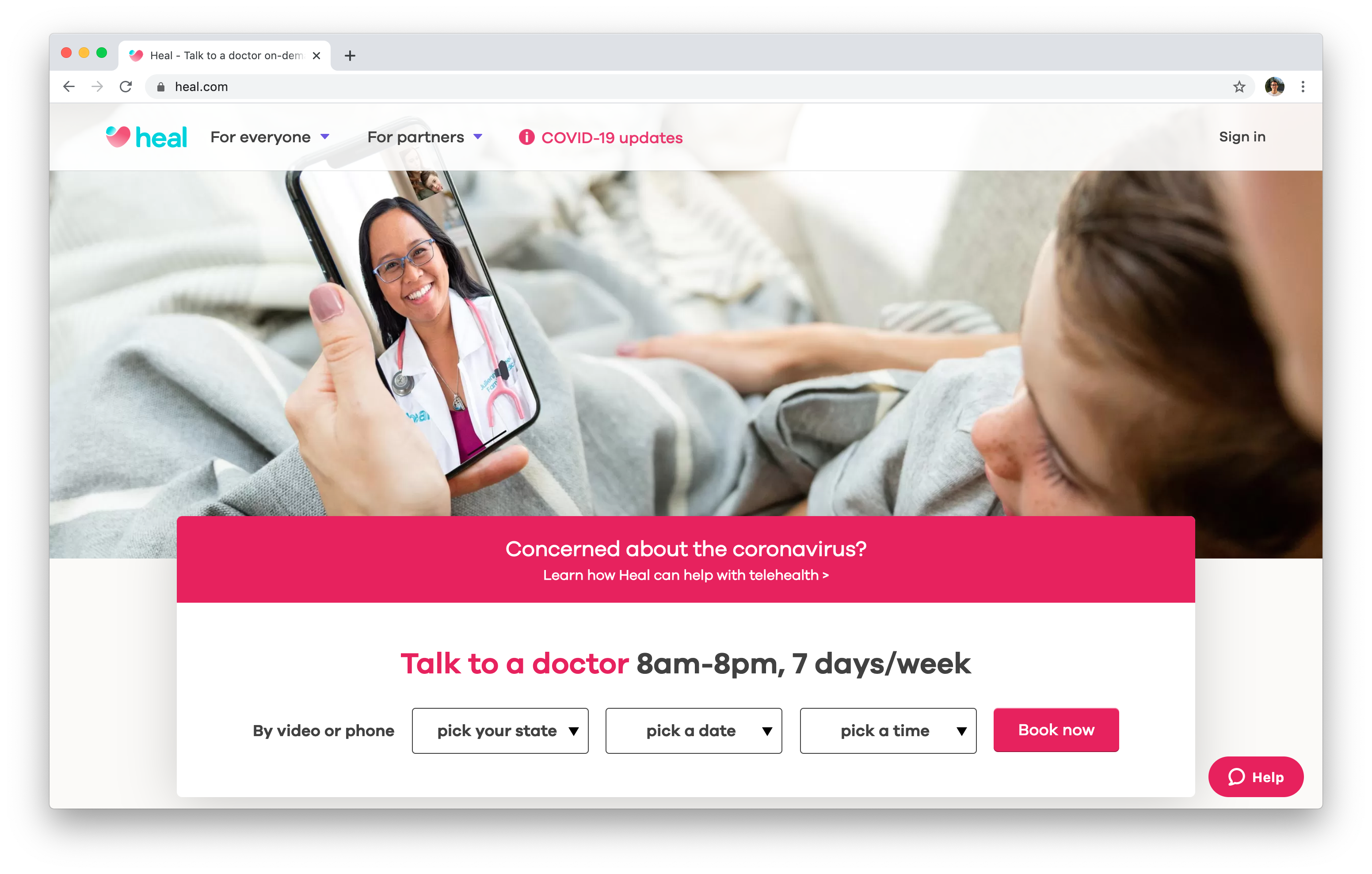Subscription Based Healthcare: Transforming the Way We Think About Health
Subscription Based Healthcare: Transforming the Way We Think About Health
Blog Article
Comprehending the Cost-Effectiveness of Subscription-Based Health Care Models
As the health care landscape progresses, subscription-based versions emerge as a compelling choice, assuring to redefine just how individuals handle clinical expenditures. Reviewing these models' cost-effectiveness necessitates a nuanced comparison with standard insurance policy, taking into consideration both economic effects and patient contentment.
Review of Subscription-Based Designs
Subscription-based healthcare models, sometimes referred to as straight key care or attendant medicine, are increasingly acquiring attention as a prospective option to ineffectiveness within typical healthcare systems. These designs operate on the concept of offering people direct access to health care companies with a monthly or yearly fee, bypassing the requirement for standard insurance coverage devices. This plan aims to simplify patient-provider interactions by reducing administrative problems, which typically impede prompt and personalized treatment.
At the core of subscription-based versions is the emphasis on an extra personalized individual experience. Clients gain from improved access to their medical professionals, commonly including same-day or next-day visits, extended assessment times, and straight interaction networks such as phone or video clip telephone calls. This version fosters a proactive approach to medical care, where service providers and clients can collaboratively concentrate on preventative treatment and chronic illness management.

Cost Comparison With Conventional Insurance

One of the primary financial benefits of subscription versions is transparency in prices. Alternatively, conventional insurance coverage may be more useful for people calling for specialized treatment or pricey therapies not covered under a subscription version, as they profit from the broader insurance coverage network and cost-sharing mechanisms.
However, cost-effectiveness is context-dependent. While registration versions might supply cost savings for those mainly requiring health care, individuals with persistent conditions or specialized medical care demands might discover traditional insurance a lot more extensive. Assessing specific health care needs and potential use is critical in identifying the most economical option for people.
Effect On Patient Contentment
Individual fulfillment within subscription-based medical care designs typically shows a considerable enhancement over traditional insurance policy systems. Unlike typical systems, where patients may experience delays in receiving treatment, subscription-based designs make certain more timely and straight interactions with healthcare companies.
Moreover, the openness in costs connected with subscription-based health care relieves the usual frustrations connected to unanticipated charges and intricate invoicing processes seen in standard insurance policy (subscription based healthcare). Patients appreciate recognizing the specific economic dedication upfront, leading to boosted trust and self-confidence in their healthcare administration
Furthermore, the focus on preventive treatment and wellness in membership models adds to enhanced health and wellness results, further enhancing person fulfillment. By concentrating on continuous health and wellness maintenance instead of anecdotal treatment, patients other experience a more alternative and constant health care journey.
Additionally, the enhanced provider-patient connection cultivated in these models, characterized by even more time invested per client and customized interest, plays a crucial role in elevating individual fulfillment degrees, as people really feel truly cared for and comprehended.
Company Experiences and viewpoints
From the supplier's point of view, subscription-based health care models provide a transformative method to check that supplying medical solutions. These designs highlight a preventative and proactive healthcare strategy, enabling carriers to focus on comprehensive individual treatment without the constraints of typical fee-for-service plans (subscription based healthcare). This change in emphasis usually results in boosted individual end results and increased provider complete satisfaction, as healthcare experts can allot more time and sources to individual engagement and customized treatment strategies
Moreover, subscription models assist in foreseeable income streams, which improve economic security for doctor. This predictability permits improved source preparation and allotment, contributing to an extra efficient medical care distribution system. Service providers can purchase staff facilities, training, and modern technology enhancements, consequently improving the quality of treatment used.
Nonetheless, the change to subscription-based designs is not without challenges. Regardless of these obstacles, numerous suppliers locate that the advantages of enhanced client communication and streamlined procedures outweigh the preliminary challenges, making subscription-based designs an attractive choice.
Future Leads and Obstacles

A main challenge is governing compliance, as subscription versions should adhere to advancing health care plans and insurance policy requirements. This demands constant adaptation and advancement to guarantee placement with legal criteria. Furthermore, incorporating these designs into existing health care infrastructures can be complicated, requiring considerable financial investments in innovation and training.
There is additionally the prospective threat of creating injustices in healthcare accessibility, as subscription designs could favor those that can manage them, leaving susceptible populaces underserved. Addressing this needs thoughtful factor to consider of pricing methods and aid mechanisms to make sure inclusivity.
Verdict
Subscription-based health care versions present a feasible choice to conventional insurance coverage by supplying financial predictability and transparency, specifically profiting individuals with chronic conditions or regular medical care needs. The cost-effectiveness of these versions is contingent upon private medical care use patterns and circumstances. While they may improve individual satisfaction and improve budgeting, difficulties stay in resolving specialized treatment requirements. Future considerations include balancing detailed protection with price and incorporating these versions within the more comprehensive medical care system for optimum end results.
Subscription-based health care designs, in some cases referred to as direct key treatment or concierge medicine, are increasingly gaining focus as a prospective service to inefficiencies within traditional medical care systems. Unlike typical systems, where individuals might experience hold-ups in obtaining Web Site care, subscription-based models make certain even more direct and prompt communications with health care suppliers.
These designs stress a aggressive and preventative medical care method, allowing providers to concentrate on extensive person treatment without the constraints of standard fee-for-service arrangements. As these versions continue to obtain traction, they supply the prospective to revolutionize individual access to care, simplify service distribution, and optimize medical care spending.Subscription-based medical care models provide a viable option to traditional insurance coverage by offering monetary predictability and openness, especially profiting individuals with chronic problems or frequent medical care needs.
Report this page